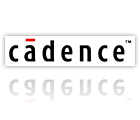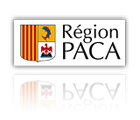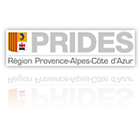13 :30 – 15 : 00, Lumiere Amphi
By Olivier Ly, LaBRI - Bordeaux 1 University / INRIA Flowers.
Personal robotics is predicted to arrive massively in our homes in the 21st century, as well as impactimportantly our society. Yet, before this vision can be realized, a number of very hard challenges need to be addressed. Among them are challenges related to human-robot interaction. Most personal robots, from entertainment to assistive robots, will need to interact with humans in a day-to-day basis: this implies that robot should afford intuitive, safe and pleasant interactions, as well as be able to adapt robustly to all unpredicted human behaviours. Many studies and technologies have elaborated in the field of human-robot interaction. In spite of this, physical human-robot interactions, which is central and unavoidable in real-world scenarios, have been only very little studied, in particular because existing hardware, humanoids in particular, did not allow easily for both safe and compliant interactions.
Acroban is a new humanoid robot focused on two original question:
1) demonstrating playful, compliant and intuitive physical interaction, with children in particular;
2) at the same time moving and walking dynamically while keeping its equilibrium even if unpredicted physical interactions are initiated by humans.
This is made possible thanks to the combination of three crucial features: softness (the rigidity and elasticity of all articulations is controlled dynamically depending on external forces applied to the robot), morphology (the robot as a complex vertebral column and hips and ankles that allow it to keep its equilibrium with a large variety of external perturbations), and motor and interactive primitives (dynamical systems with a stable and naturally drivable attractor dynamics, as well as with a particular design of movement which creates a strong illusion of life).
The system is presented in an entertainment human-robot interaction context, in particular allowing children to engage in the interaction. In this demonstration, the robot has a range of behaviours that it can combine and which all react intuitively, naturally and creatively to uncontrolled external human intervention. For example, when the robot is walking anyone can take its arms, like we take the arms of a baby learning to walk, and drive in a fluid and transparent manner the robot in any direction. This is realized automatically without the need to provide the robot with any sort of command, and is the result of the dynamical properties of its motor primitives and morphological properties. Another example is when the robot is not walking and showing a complex movement of its torso: anyone can interrupt physically the robot and take its arm, which will cause the robot's arm to follow the movements imposed by the human without falling if it changes its centre of gravity.
|



























